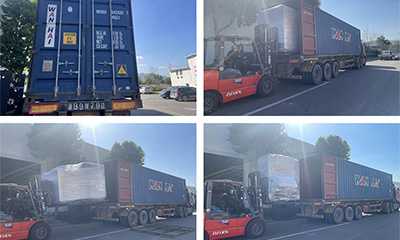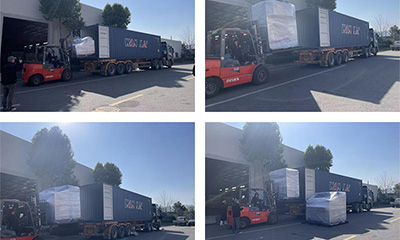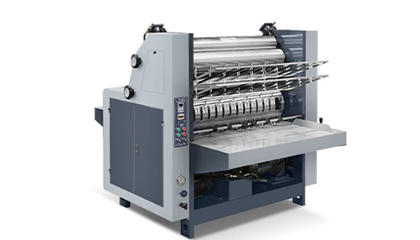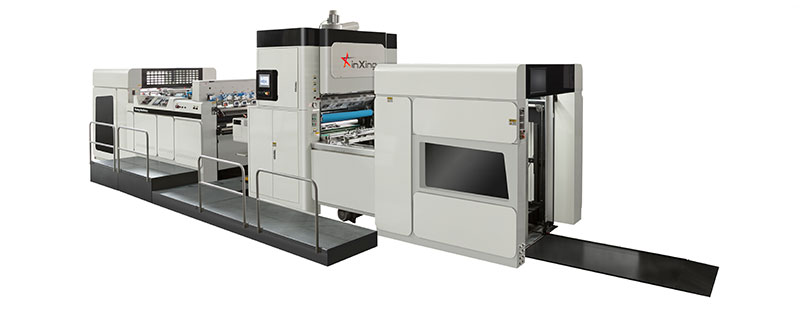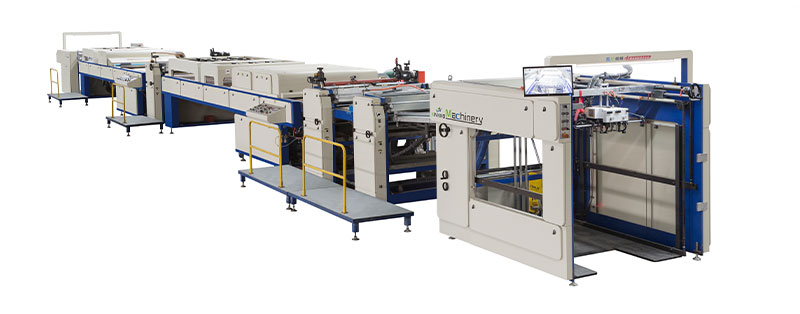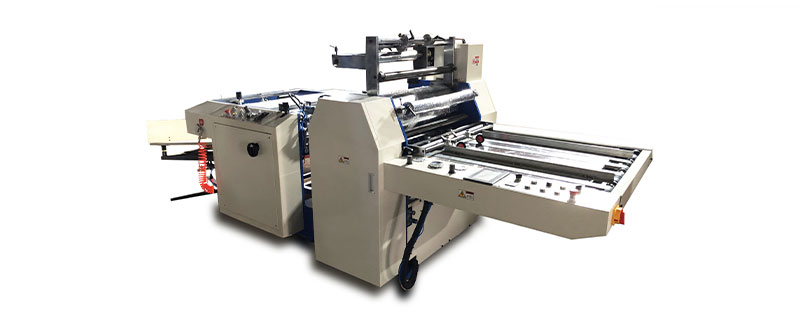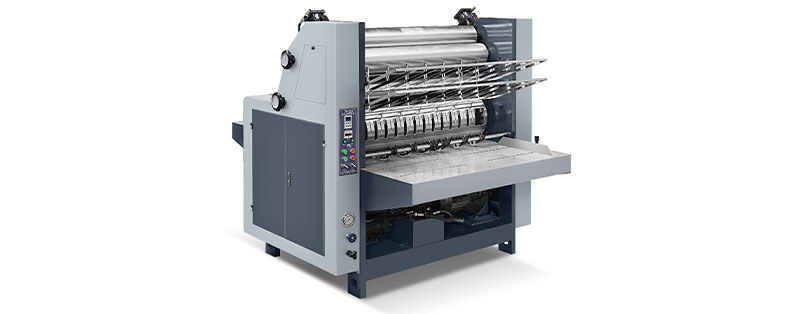In the world of document protection and finishing, roll laminating machines play a crucial role. Whether you're in a busy office, a creative studio, or a printing shop, selecting the right roll laminating machine can significantly impact the quality and efficiency of your work. This guide will walk you through the key factors to consider when making this important decision.
1. Document Size & Material Type
Width
The width of the roll laminating machine should align with the largest documents or materials you intend to laminate. Key points to note:
Measure the maximum width of your items, including potential future projects.
Available widths range: 12 inches (standard office documents) to over 60 inches (large-format posters/banners).
For A4/letter-sized papers: 9-12 inches width is sufficient.
For larger items (art prints, architectural plans): Choose a wider-format laminator.
Leave a 1/4-1/2 inch margin around documents for proper lamination.
Material
Different materials require specific laminating approaches. Common materials and considerations:
Paper: Thickness and texture matter. Thicker papers need machines with powerful rollers.
Photographs: Delicate, require smooth film application to avoid damage.
Fabric: Look for machines handling flexibility and texture (ideal for crafts/textile samples).
Uneven surfaces: Opt for laminators with adjustable pressure settings.
Film Thickness
Laminating film thickness is measured in mils. Choose based on protection needs:
1-3 mils: Flexible, suitable for frequently folded/rolled items (brochures, maps) with lightweight protection.
5-10 mils: Durable, scratch-resistant, ideal for high-traffic documents, outdoor signage, or rough-handled items.
Ensure the machine can accommodate your chosen film thickness (check manufacturer limits).
2. Usage Volume & Speed
Frequency
Occasional use: Basic, affordable, compact machines with slower speeds work.
High-volume use: Robust, fast machines that withstand continuous operation without overheating.
Speed
Measured in inches per minute (ipm) or millimeters per minute.
High-volume jobs: Need speeds of 10-30+ ipm to keep up.
Balance speed with quality: Faster machines may sacrifice even film application or heat distribution.
Delicate/intricate materials: Opt for slower, more precise machines.
3. Key Features & Functionality
These features determine the versatility and quality of your laminating results.
Hot vs. Cold Lamination:
Hot Lamination: The standard method. Uses heat to activate the adhesive on the film. It creates a permanent, strong bond that is highly durable. It is ideal for most applications but can damage heat-sensitive materials like certain inks or fabrics.
Cold Lamination: Uses pressure-sensitive adhesive that requires no heat. It is perfect for delicate materials (heat-sensitive inks, photos, fabric, foam board) and is often used for adhesive vinyl application. Many professional machines offer dual-temperature or cold-roll options for maximum versatility.
Adjustable Settings:
Temperature Control: Vital for working with different film thicknesses and material types. Precise control prevents warping, bubbling, or poor adhesion.
Speed Control: Allows the operator to slow down for delicate or tricky materials and speed up for long, simple runs.
Specialized Functions:
Reverse Function: Allows the machine to run backwards. This is a lifesaver for correcting misaligned sheets or removing jams without damaging your project.
Differential Speed Control: Allows the top and bottom rollers to run at slightly different speeds. This helps prevent wrinkling, especially on thinner films and materials.
Front and Rear Operation: Some machines can be fed from either end, making them easier to integrate into a workflow with multiple operators.
4. Space & Environment
Don't forget the practicalities of where the machine will live.
Footprint: Measure your available space. Desktop models are compact, while wide-format industrial laminators can be several feet long and very heavy.
Power Requirements: Standard machines run on 110V, but some high-power industrial models may require a 220V outlet.
Noise & Heat: Laminators can generate significant heat and noise. Ensure the workspace has adequate ventilation and that the noise level is acceptable for the environment (e.g., a busy print shop vs. a quiet office).
By carefully considering these factors—what you're laminating, how much you're laminating, what features you need, and where the Roll Laminating machine will be placed—you can make a confident and informed decision that will serve you well for years to come.
FAQ
Q: Can I use one machine for small and large documents?
A: Yes, if it has a wide enough width. Narrow machines only handle small items. Many let you laminate multiple small items side-by-side.
Q: How do I check if a machine works with my material?
A: Review the machine’s specs (manufacturers list compatible materials and thickness ranges). Contact customer support if unsure.
Q: Is hot lamination better than cold?
A: No—hot is better for heat-tolerant materials; cold is safer for heat-sensitive items. Choose based on your materials.
Q: Can adjusting speed fix poor lamination quality?
A: Sometimes—slower speeds improve evenness. If issues persist, check temperature and pressure settings.
Q: How much space do I need for setup?
A: Desktop: Small flat surface. Floor-standing: Room to maneuver. Always leave ventilation clearance (critical for hot laminators).


